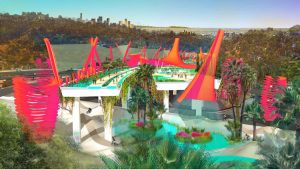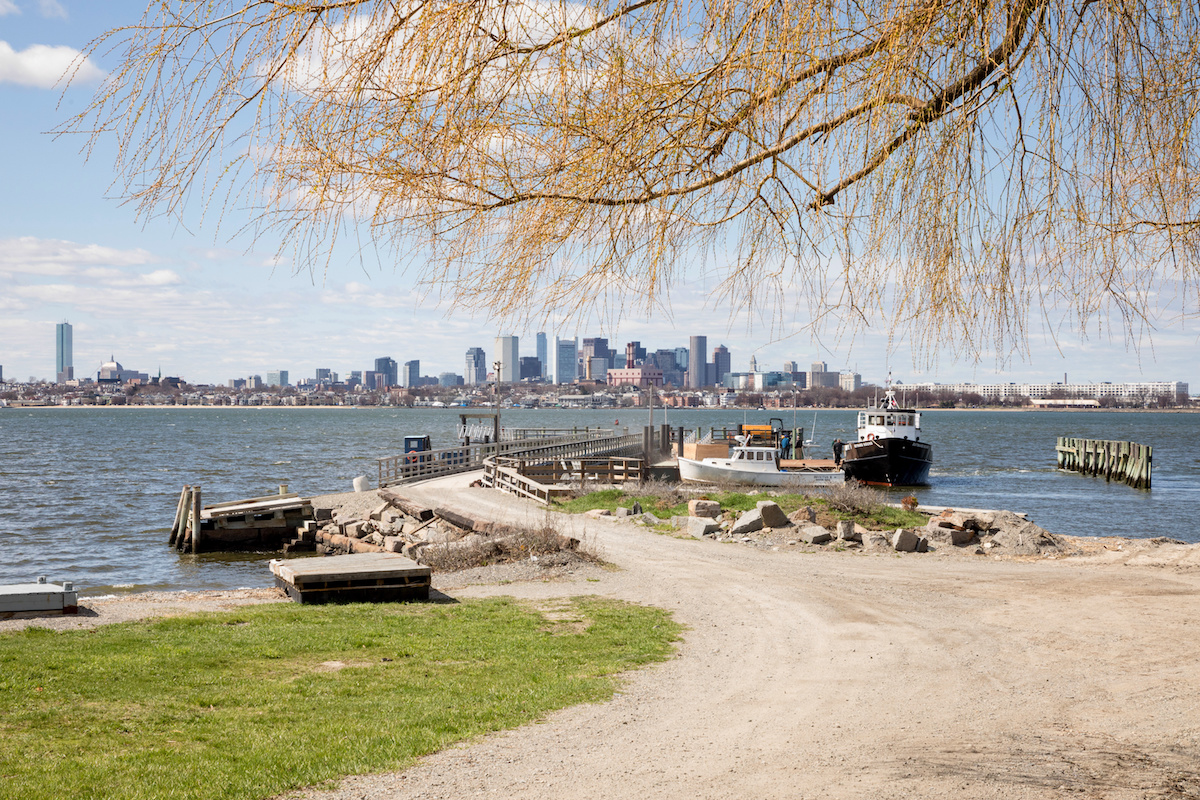“Planning is critical, but it needs to add up to something bigger,” writes Harvard University Graduate School of Design Professor Chris Reed (AB ‘91) in a recent Boston Globe opinion piece, entitled “Climate readiness: think big, act fast.” Reed’s vision for a more ambitious approach to climate readiness in Boston includes a comprehensive plan to protect the city against coastal flooding, as well as immediate action to test already proposed solutions.
“We need to imagine a 21st-century, climate-ready version of the Emerald Necklace park system for the waterfront,” writes Reed. “At the same time, we need to act quickly to test integrated resilience and open space solutions on the ground.”
Among his proposed solutions, Reed suggests both hard and soft infrastructures, floodable coastal parks that provide public access to the shoreline while protecting against rising seas, and active waterfront trails around Boston Harbor. Such planning efforts should add up to a bigger whole, Reed argues: a new chain of resilient harbor-front parks and open spaces, he continues, that could “reposition Boston for the 21st century and inspire the public imagination.”
Conscious of the growing threat from stronger and more frequent coastal storms, Reed urges lawmakers to accelerate the review process for resiliency projects already proposed along Boston’s coastline, including suggestions offered in the recent Climate Ready Boston report. Reed also argues for an integrated approach that brings together public, private, and philanthropic interests to tackle this complex problem.
Despite the many alarming predictions facing the waterfront city of Boston, Reed maintains optimism for the city’s future. “Boston is poised to tap the amazing minds and resources that are already at work on these issues today, to move forward even more ambitiously and more quickly in ways that allow us to start toward a future of living safely and productively with our ever-changing environment,” he writes.
The topic of climate readiness is not new to Reed, who also serves as co-director of the GSD’s Master of Landscape Architecture in Urban Design degree program. His current research looks at urban landscapes within the context of climate change, increasing cultural diversity, and social and urban inequities. In 2017 his firm Stoss Landscape Urbanism was awarded projects in two of the six neighborhoods that had been identified for waterfront renewal by the city’s Imagine Boston 2030 plan. Reed recently spoke to Metropolis magazine on modern relevance of “climate resiliency.” Learn more.

Reed earned praise in 2016 for a Stoss proposal to reimagine a mile-long stretch of Los Angeles freeway as an engine for environmental, economic, and cultural betterment.
At the GSD, Reed has led a number of courses that tackle climate change in the context of urban sustainability. His fall 2016 option studio “Retooling Metropolis: Working Landscapes, Emergent Urbanism” looked at pre-Hurricane Harvey Houston, including contemporary environmental challenges facing the city. A report produced from the studio’s output was named one of “25 Architecture and Design Books to Read This Fall” by Metropolis and one of the year’s “notable developments in landscape architecture” by the Huffington Post.
Reed applied a similar lens to the context of Los Angeles last fall, with the option studio “Re-Tooling Metropolis II: LA!“
